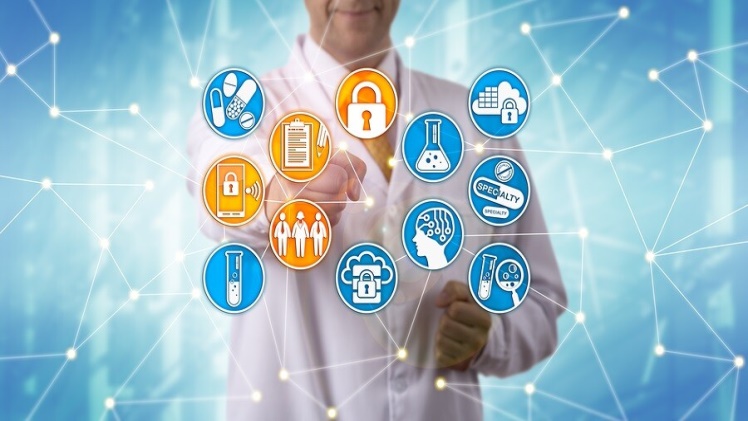A LIMS guarantees security through different measures, for example,
Client Access Control: A LIMS confines admittance to the framework and information to approved clients as it were. Client records can be made with special usernames and solid passwords, and client jobs and consents can be characterized in light of occupation obligations.
Validation And Approval: A LIMS has solid verification components to guarantee that main approved clients can get to the framework. Furthermore, the framework can authorize job based admittance control (RBAC) to guarantee that clients just approach information that is pertinent to their work capability.
Information Encryption: A LIMS scrambles touchy information very still and on the way. This guarantees that assuming the information is captured, it can’t be perused without the proper unscrambling key.
Information Reinforcement and Recuperation: A LIMS consistently takes information reinforcements to guarantee that information isn’t lost in that frame of mind of a framework disappointment or information debasement. Moreover, a LIMS framework has a calamity recuperation plan set up to guarantee that information can be reestablished as quickly as possibly.
Review Trails and Logging: A LIMS keeps a review trail to follow all changes made to the framework, who made them, and when. This recognizes potential security breaks or framework abuse.
Actual Security: LIMS servers are typically situated in a solid area with confined admittance. Admittance to the servers can be observed and controlled, and actual safety efforts, for example, reconnaissance cameras and access control frameworks can be carried out.
Normal Framework Updates: A LIMS is routinely refreshed with security patches and programming updates to address weaknesses and guarantee that the framework is fully informed regarding the most recent security best practices.
Representative Preparation: LIMS security can be improved by furnishing workers with customary preparation and schooling on security best practices, major areas of strength for like administration, phishing mindfulness, and safe information taking care of.
In general, LIMS programming guarantees security through a mix of specialized and regulatory measures. By carrying out a LIMS, research facilities can safeguard their information against unapproved access, robbery, and misfortune.
LIMS programming ensures security through a blend of specific
In synopsis, LIMS security is basic for your lab to safeguard delicate information, follow guidelines, forestall information breaks, and guarantee information uprightness. Safety efforts, for example, client access control, confirmation and approval, information encryption, information reinforcement and recuperation, review trails, actual security, and normal framework updates can assist guarantee information insurance and consistence with industry guidelines.
By executing a protected LIMS sample tracking, research facilities can limit chances and further develop in general information the executives rehearses.
LIMS (Laboratory Information Management System) security is essential to protect sensitive data in the laboratory. LIMS is a software system that manages laboratory workflows, data management, and data analysis. It is designed to track samples, analyze data, and manage workflows, and it often contains sensitive information about samples, tests, and results.
The security of LIMS is critical because laboratory data is often subject to regulations, such as HIPAA (Health Insurance Portability and Accountability Act) and GLP (Good Laboratory Practices), which require the protection of personal health information and the integrity of data. The consequences of a data breach or unauthorized access to sensitive laboratory data can be severe, including financial losses, damage to reputation, and legal liabilities.

